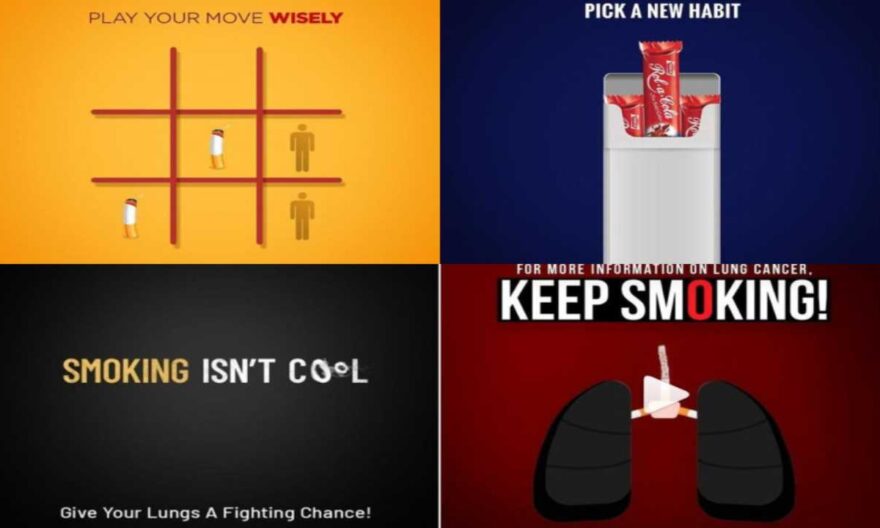
The Delhi High Court on Wednesday dismissed a petition seeking the prohibition of graphic imagery in anti-tobacco health advertisements shown before and during the screening of films in theaters, on television, on OTT platforms, and other audio-visual mediums for screening or streaming movies.
The petitioner, Divyam Aggarwal, a practicing advocate, argued that “compulsory display of these graphic images to non-smokers while watching movies in their leisure time infringes upon their fundamental right to leisure under Article 21 of the Constitution of India.”
However, a bench of Justice Subramonium Prasad dismissed the plea, stating that it was a policy decision.
The petition also contended that these “health spots display close-up images of mouth cancers, surgical procedures, disfigured body parts, blood, etc., similar to those found on tobacco packaging, and these graphic images are not necessary to convey the message of quitting tobacco/smoking. The disturbing images in these health spots leave a lasting negative impact on the viewer’s mind, spoiling the movie-watching experience, and violating the petitioner’s fundamental ‘Right to leisure.'”
“The petitioner, a non-smoker and non-consumer of tobacco products, is compelled to watch these graphic images in anti-tobacco health spots during films in cinema halls and TV programs at home,” it added.
Aggarwal further argued that while the content of these ads is aimed at smokers to encourage them to quit, non-smokers are also subjected to these unpleasant images.
Additionally, the plea highlighted that many movies not rated ‘A’ by the Central Board of Film Certification are viewed by children, potentially adversely affecting their young and impressionable minds. It argued that subjecting children to these unpleasant images could have a detrimental impact on their perceptions.
The petition noted that the Ministry of Health and Family Welfare has provided a total of 11 anti-tobacco health spots that are aired on rotation as per the Ministry’s instructions. Out of these 11 spots, 3 contain extremely graphic images during film screenings. The rules have also been extended to films on OTT platforms, expanding the reach of these images without considering a change in their content.




